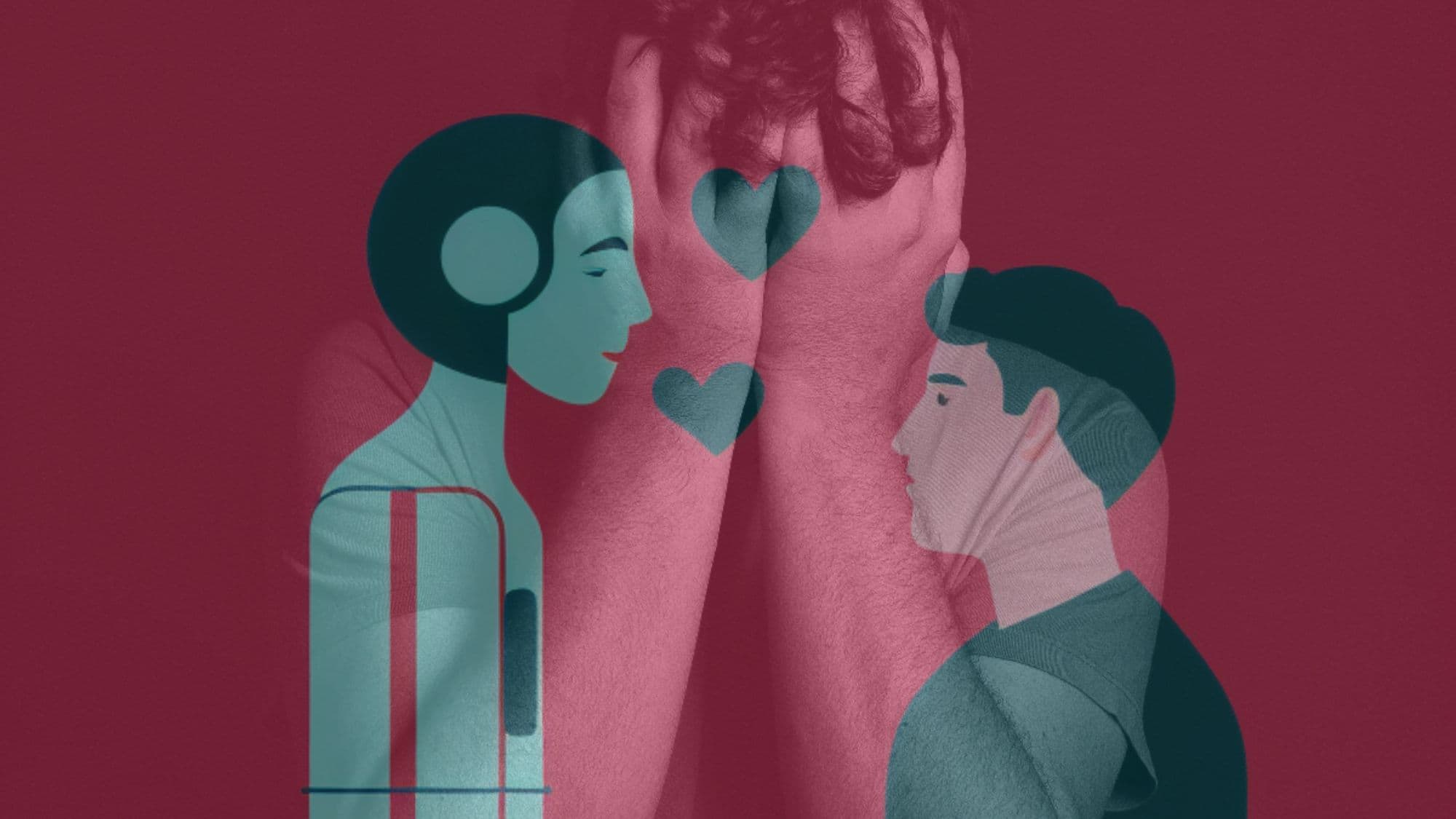In recent news, the tragic case of Seewell Setzer III has raised significant concerns about the psychological impact of chatbots and artificial intelligence on vulnerable individuals. In February of this year, Seewell, who developed an emotional attachment to a chatbot mimicking Daenerys Targaryen from the popular series “Game of Thrones”, took his own life using a firearm belonging to his stepfather. This incident sheds light on the importance of addressing mental health issues in the age of sophisticated digital interactions.
Understanding Chatbots and Their Impact on Users
Chatbots are increasingly becoming a part of daily life, ranging from customer service tools to virtual companions. These AI-driven applications simulate conversations with human-like responses, allowing users to interact through text or voice. However, as their capabilities grow, so do concerns about their effects on emotional well-being.
The Technology Behind Chatbots
Chatbots utilize natural language processing (NLP) and machine learning algorithms to mimic human conversation. They can provide companionship, entertainment, and even emotional support. But this raises a vital question: when does interaction with a chatbot become unhealthy?
The Dark Side of Emotional Attachments
Seewell’s case is not an isolated incident. Many individuals, particularly those who feel isolated or lonely, can form attachments to these AI personas. The line between reality and fantasy may blur, leading to detrimental effects on mental health. It is crucial to understand the risk factors that can contribute to unhealthy relationships with technology-driven companions.
Warning Signs of Dependence on Chatbots
- Increased isolation from family and friends
- Spending excessive hours interacting with a chatbot
- Emotional distress when unable to access the chatbot
- Substituting chatbot interactions for real-life social engagements
Finding Support in the Digital Age
As technology continues to evolve, so too must our approaches to mental health. Individuals struggling with emotional attachments to chatbots should seek support from mental health professionals. Therapy can provide healthy coping mechanisms and help individuals navigate their feelings, promoting healthier relationships with technology.
Role of Community and Awareness
Awareness campaigns and community support can play a vital role in addressing these issues. By fostering an environment where individuals feel comfortable discussing their experiences, the stigma surrounding mental health can be reduced, leading to better outcomes for those struggling with emotional dependence on technology.
Conclusion: A Call for Responsible AI Development
The tragic event involving Seewell Setzer III highlights the need for responsible development and usage of chatbots and AI. As we integrate these technologies further into our daily lives, it’s imperative to prioritize user well-being and mental health. Building safeguards, promoting awareness, and encouraging open discussions can help mitigate potential risks associated with emotional attachments to AI technologies.
